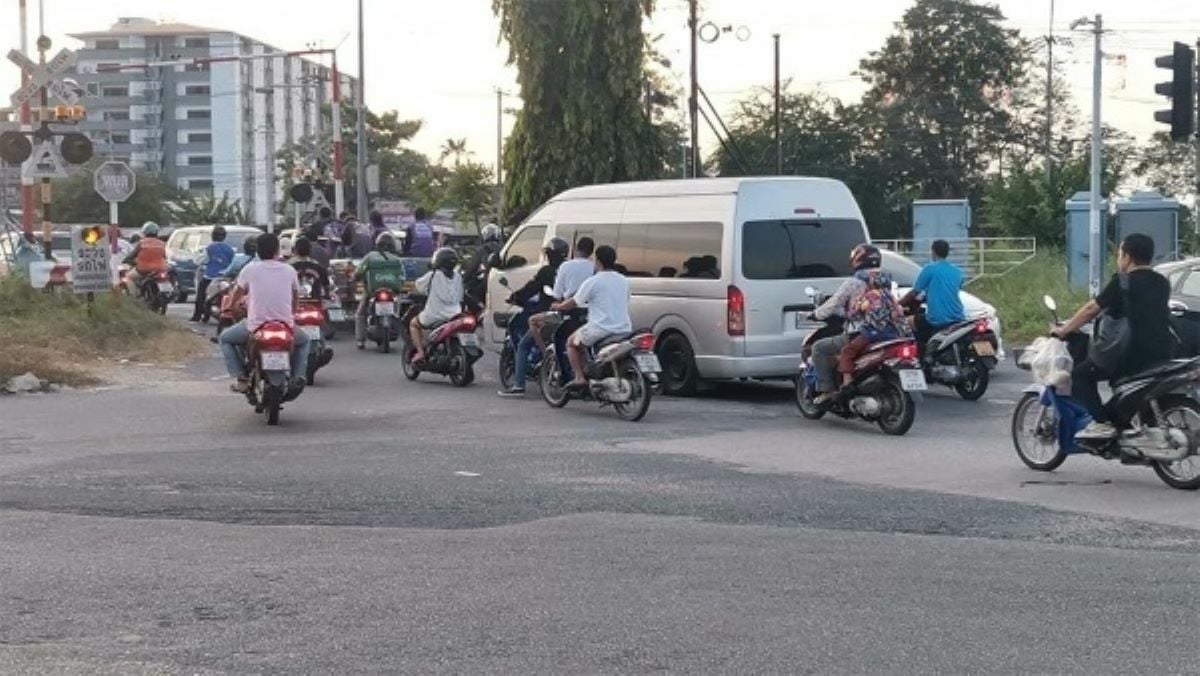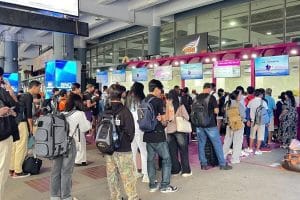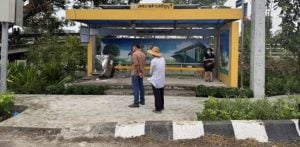Pattaya’s ongoing struggle of managing railway road traffic

Traffic congestion along railway roads has become a persistent headache for Pattaya’s commuters, with years of attempted solutions failing to provide meaningful relief. The city’s struggle to manage vehicular flow has highlighted significant infrastructure challenges.
Seeking to address the issue, Pattaya City administration took an innovative approach by leasing a 19-kilometre stretch of the road from the State Railway of Thailand, paying between 2 to 3 million baht annually. This initiative aimed to improve road conditions and create an alternative route for drivers.
Initial optimism led to substantial investments in traffic signal systems, with tens of millions of baht allocated to install intersectional signals.
However, these efforts proved largely ineffective. Despite commissioning engineering studies to analyse traffic patterns, city officials struggled to synchronise signal timing with the road’s high vehicle density. The persistent mismatch continued to create significant delays during peak hours.
As a stopgap measure, the local government deployed police, municipal officers, and volunteers to manually manage traffic flow and enforce regulations. Yet, these interventions have done little to resolve the underlying infrastructure problems.
The ongoing traffic issues primarily impact locals and workers who depend on the railway road for daily transportation. While not immediately threatening tourism, the deteriorating road conditions and chronic congestion could potentially damage Pattaya’s reputation as it seeks to develop into a major economic hub within the Eastern Economic Corridor.
City planners now face critical questions about their capacity to manage infrastructure development, particularly with upcoming high-speed rail projects on the horizon. The continued failure to effectively address these traffic challenges may ultimately undermine Pattaya’s aspirations for urban growth and economic expansion, reported Pattaya Mail.
Latest Thailand News
Follow The Thaiger on Google News:


























